Lighting is a fundamental aspect of wildlife photography, influencing mood, texture, and depth. It dictates how subjects interact with their environment and can transform an image from ordinary to exceptional. Understanding and manipulating natural light effectively is key to capturing breathtaking wildlife shots. In this guide, we’ll explore different lighting conditions and how to make the most of them.
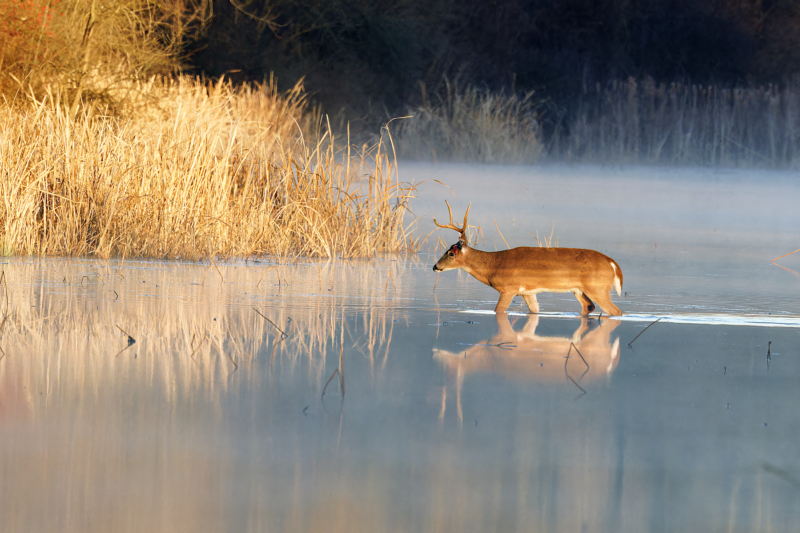
1. The Golden Hour: Nature’s Perfect Light
The golden hour, shortly after sunrise and just before sunset, provides a soft, warm glow that enhances colors and lends a dreamlike quality to images. The elongated, diffused shadows add depth and texture, making this the ideal time to photograph wildlife in stunning light.
Tip: Position yourself so that the light falls at an angle, creating depth and dimensionality in your shots.
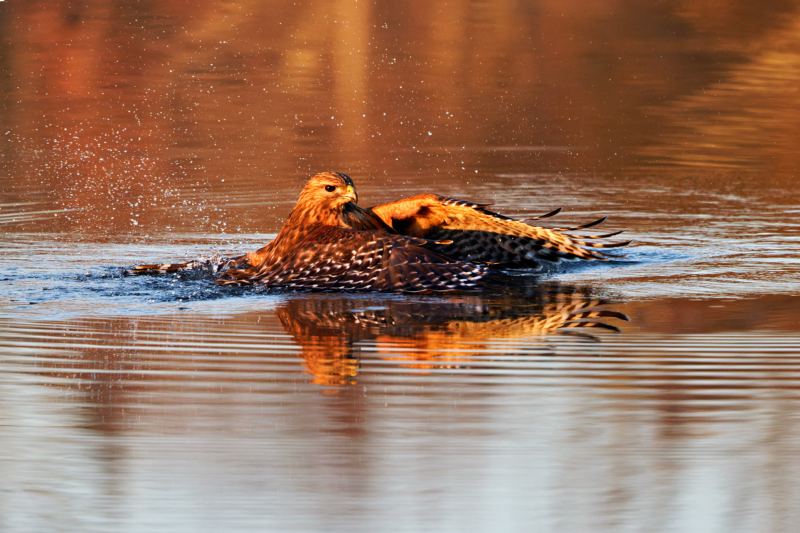
2. Managing Wildlife Photography Lighting in Midday Sun
Bright midday light can be harsh, creating strong contrasts and deep shadows. However, with the right techniques, you can still achieve compelling shots:
- Use backlighting to create a glowing rim effect around your subject.
- Seek shaded areas or indirect light to soften the scene.
- Expose for highlights to prevent blown-out details and adjust shadows in post-processing.
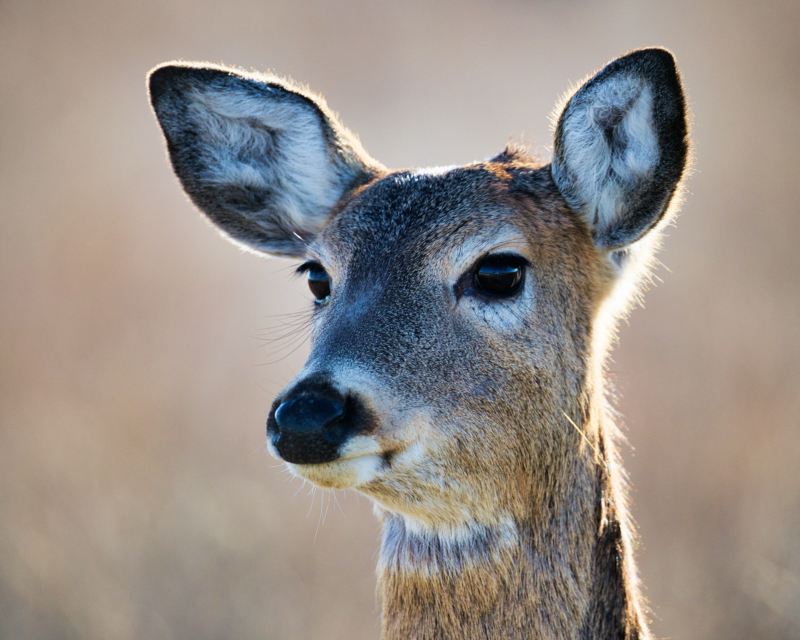
3. Overcast Skies: A Natural Softbox for Wildlife Photography Lighting
Cloudy conditions create even, diffused lighting that eliminates harsh shadows. This soft light is excellent for capturing intricate details in fur and feathers without excessive contrast. It’s particularly useful for photographing animals in dense foliage, where dappled sunlight can be unpredictable.
Tip: Slightly increase your ISO to compensate for lower light and ensure sharpness.
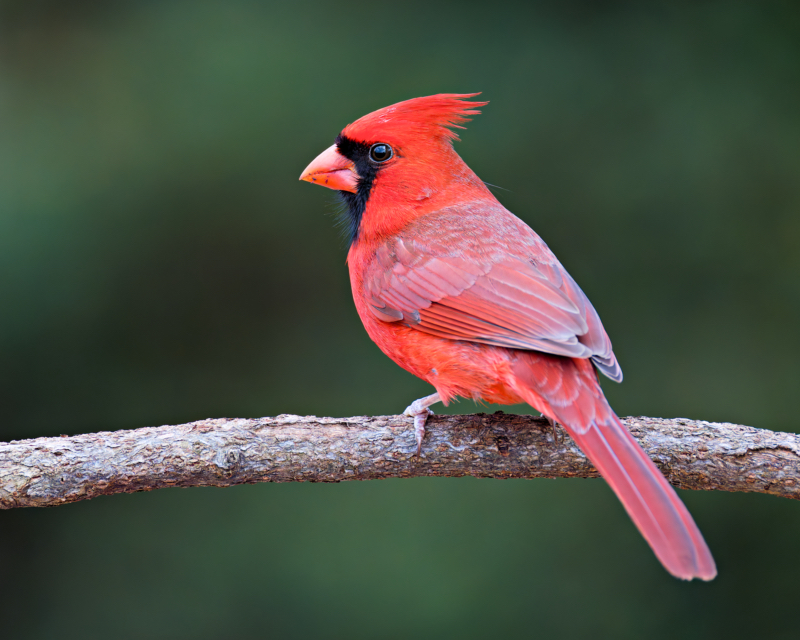
4. Backlighting and Silhouettes in Wildlife Photography
Shooting against the light can produce dramatic silhouettes and unique compositions. When your subject is well-defined, backlighting can highlight its form and create striking imagery, especially for birds in flight or animals perched on ridges.
Tip: Meter for the background to expose the sky correctly, allowing the subject to fall into silhouette for a bold effect.
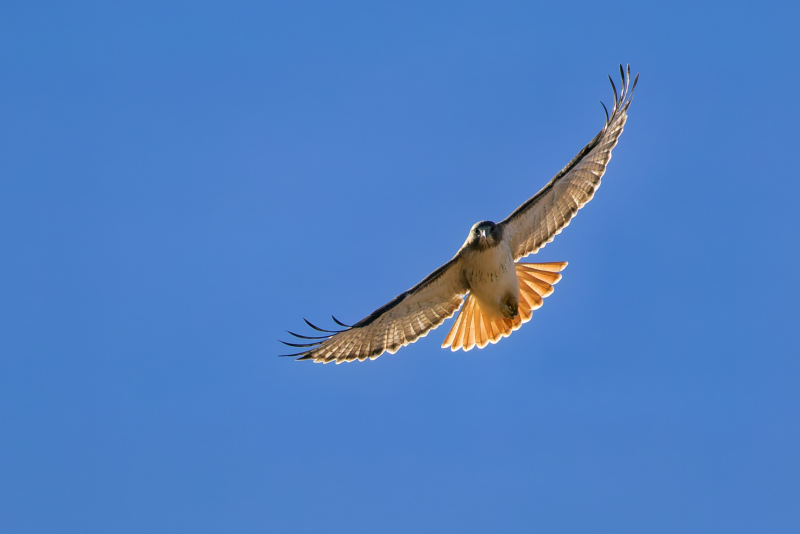
5. Low-Light and Twilight Wildlife Photography Lighting
Wildlife is often most active during dawn and dusk, but these low-light conditions can be challenging. To capture sharp images in dim lighting:
- Use a fast lens with a wide aperture to let in more light.
- Increase your ISO cautiously to balance exposure and minimize noise.
- Stabilize your camera with a tripod or monopod to reduce motion blur.

6. Using Shadows and Contrast in Wildlife Photography Lighting
Strategic use of shadows can enhance the drama of an image. Play with contrast by framing your subject within patches of light or allowing partial illumination for a mysterious, moody effect.
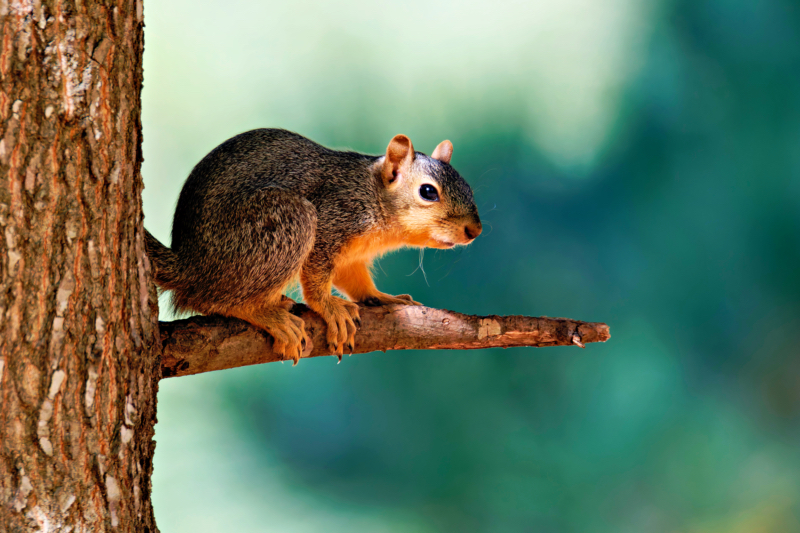
Final Thoughts
Mastering light in wildlife photography isn’t just about correct exposure, it’s about recognizing the right conditions, positioning yourself effectively, and adapting to different lighting scenarios. By observing how light interacts with your subject and surroundings, you’ll unlock endless creative opportunities.
Tomorrow, we’ll explore the art of capturing wildlife in motion, how to freeze action, depict dynamic movement, and create compelling storytelling images. Stay tuned!
